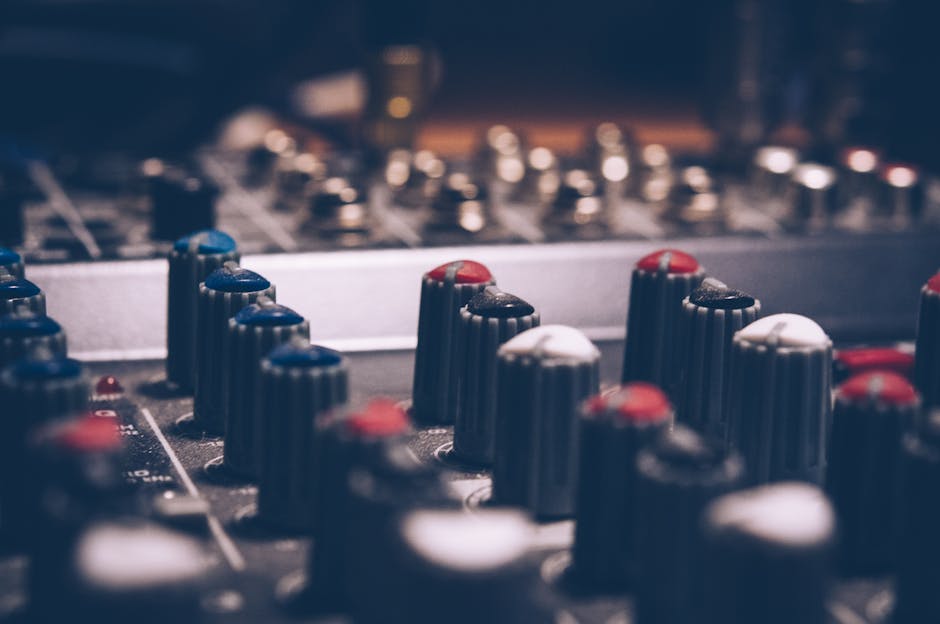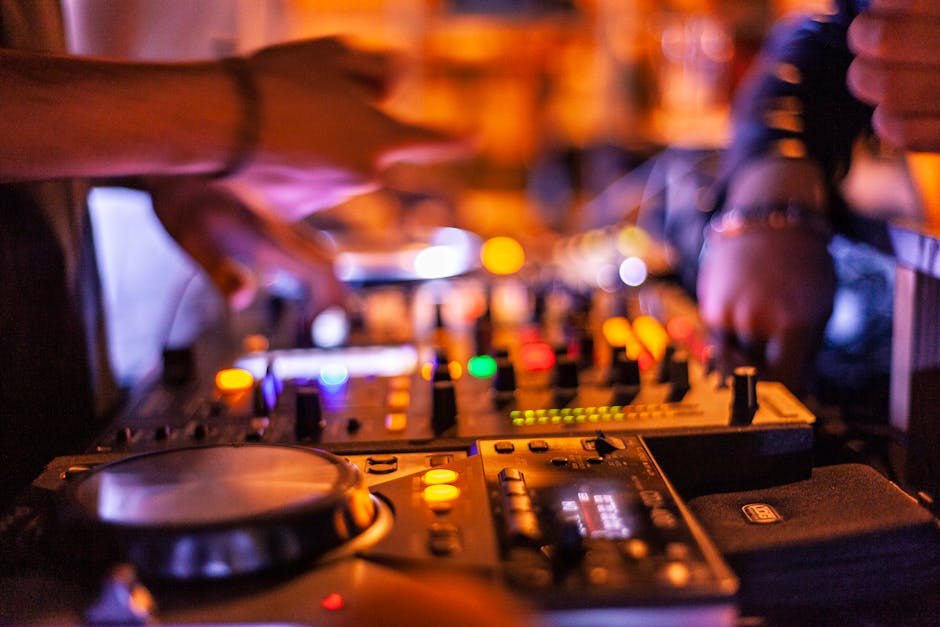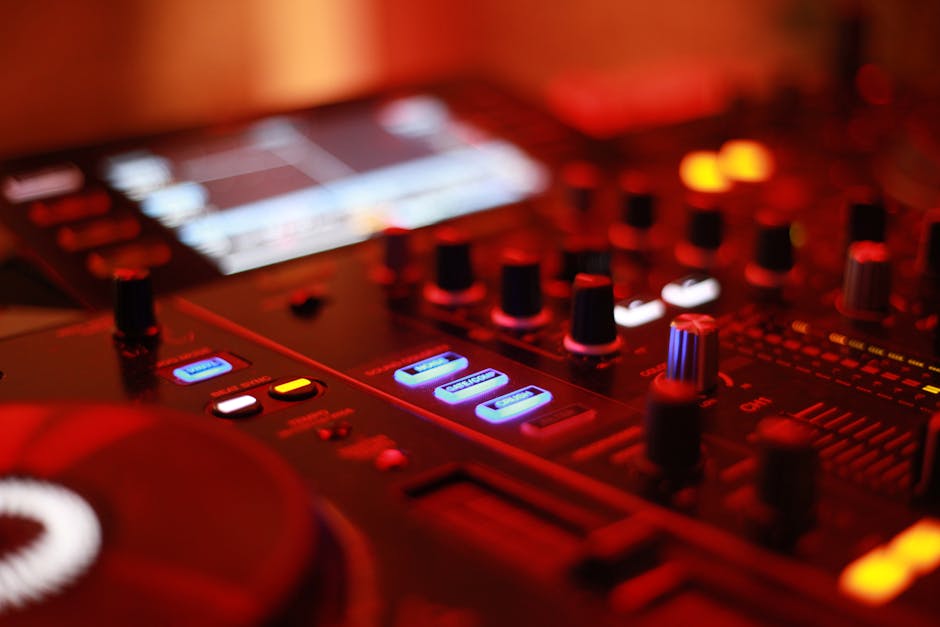Understanding the Complexities of Concert Audio Equipment
Putting on a successful concert involves far more than just the performers. Behind the scenes, a sophisticated system of concert audio equipment is crucial to ensuring a memorable experience for the audience. This equipment is responsible for amplifying instruments, vocals, and effects, ensuring clear, balanced, and powerful sound throughout the venue. This guide delves into the various components, their functions, and considerations for choosing the right equipment for your specific needs.
The Core Components of a Concert PA System
The heart of any concert sound system is the Public Address (PA) system. This encompasses several key elements, working in concert (pun intended) to deliver the audio to the audience.
1. Microphones: Capturing the Sound Source
Microphones are the first link in the audio chain, capturing the sounds of instruments and vocals. Different microphone types cater to different needs. Dynamic microphones are robust and handle high sound pressure levels well, making them ideal for loud instruments like drums and electric guitars. Condenser microphones, on the other hand, offer greater sensitivity and detail, often preferred for vocals and acoustic instruments. Choosing the right microphone for each instrument is critical for achieving optimal sound quality.
- Dynamic Microphones: Shure SM58, Sennheiser e609
- Condenser Microphones: Neumann U 87 Ai, AKG C414 XL II
2. Mixers: The Central Hub
The mixer, or mixing console, is the central control point of the PA system. It allows sound engineers to adjust the levels of individual microphones and instruments, apply effects like reverb and delay, and route audio signals to different outputs. Digital mixers offer advanced features like onboard effects processing, scene recall, and network connectivity, while analog mixers provide a more immediate and tactile experience. The choice depends on the budget, technical expertise, and desired level of control.
3. Amplifiers: Powering the Sound
Amplifiers increase the power of the audio signal from the mixer, driving the speakers and providing the necessary volume for the venue. Power amplifiers come in various configurations, including mono, stereo, and multi-channel options. The power rating (expressed in watts) should be sufficient to handle the speakers’ demands and the size of the venue. Class A/B and Class D amplifiers are common choices, each offering distinct advantages in terms of power efficiency and sound quality.
4. Speakers: Delivering the Sound to the Audience
Speakers are the final link in the chain, converting the amplified electrical signal into sound waves that the audience hears. Different speaker types are used for different frequency ranges. Subwoofers handle the low frequencies (bass), midrange speakers handle the mid-frequencies, and high-frequency speakers (tweeters) handle the treble. The number and placement of speakers is crucial for achieving even sound coverage throughout the venue. Line array systems are commonly used in larger venues to provide uniform sound distribution across a wide area.
5. Signal Processing: Shaping the Sound
Signal processing devices, such as equalizers, compressors, gates, and limiters, are used to shape and control the audio signal. Equalizers adjust the balance of different frequencies, compressors reduce dynamic range, gates eliminate unwanted noise, and limiters prevent clipping (distortion) at high volumes. These tools are essential for achieving a clean, polished, and powerful sound.
Monitoring Systems: The Performers’ Perspective
While the PA system is crucial for the audience, a separate monitoring system is essential for the performers. This system allows musicians to hear themselves and other band members clearly on stage, enabling them to play in time and in tune. In-ear monitors (IEMs) are becoming increasingly popular, offering greater isolation from stage noise and improved sound quality.

In-Ear Monitors (IEMs)
IEMs provide a personalized mix for each performer, allowing them to control the levels of individual instruments and vocals. This eliminates stage volume issues and allows for a clearer sound even in noisy environments. Different IEM systems offer varying features like multiple channels, wireless connectivity, and digital signal processing.
Stage Monitors (Floor Monitors)
Stage monitors are traditional speakers placed on stage, providing performers with a view of their instruments and other members of the band. While still used, they are less common in modern concerts due to feedback issues and volume limitations.
Choosing the Right Concert Audio Equipment
Selecting the appropriate concert audio equipment depends on several factors:
- Venue size and acoustics: A smaller venue requires less powerful equipment than a large stadium.
- Budget: High-quality equipment can be expensive, so it’s essential to balance budget with needs.
- Type of music: Different genres of music have different audio requirements.
- Technical expertise: Complex systems require trained personnel to operate effectively.
Advanced Technologies in Concert Audio
The concert audio industry is constantly evolving, with new technologies continuously being introduced to improve sound quality, efficiency, and control. These include:

- Digital Audio Workstations (DAWs): Used for recording, mixing, and mastering audio.
- Networked Audio Systems: Allow for efficient routing and control of audio signals over a network.
- Wireless Microphone Systems: Offer greater freedom of movement for performers.
- Immersive Audio Technologies: Such as Dolby Atmos, deliver a more realistic and engaging listening experience.
Maintenance and Care of Concert Audio Equipment
Regular maintenance is essential to keep concert audio equipment functioning properly. This includes regular cleaning, inspections, and repairs. Proper storage and handling are also important for extending the life of the equipment.

Conclusion: Creating an Unforgettable Concert Experience
The right concert audio equipment is essential for creating a memorable experience for both performers and audience members. By understanding the different components and their functions, and by selecting the appropriate equipment for your specific needs, you can ensure that your concert delivers a powerful and impactful sound that resonates with your listeners. Remember to invest in quality equipment, properly train your sound engineers, and prioritize ongoing maintenance to reap the rewards of a flawlessly executed audio experience.

